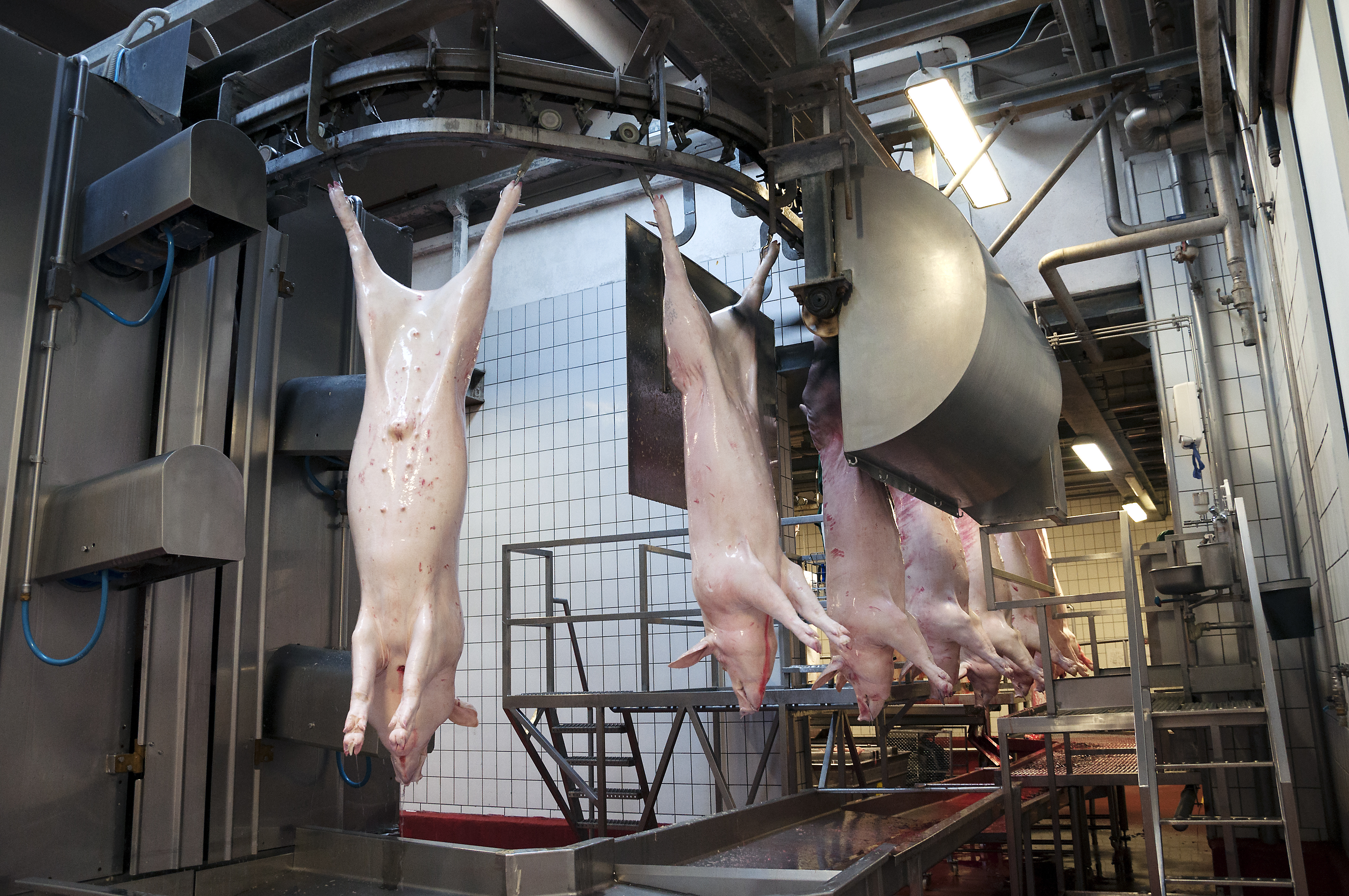



USDA pork inspection rules face heightened scrutiny
The US inspector general says that existing pork inspection rules are based on questionable worker safety data.According to reporting in The Washington Post, the USDA didn’t evaluate the accuracy of the worker safety data that underpins its new pig inspection system. The Office of Inspector General (OIG), an independent auditing body, concluded that the new hog inspection system allows pork plants to run lines at unlimited speeds.
In a report released on Wednesday 24 June, the OIG found that the USDA wasn’t transparent about the data it used in worker safety analyses, making outside verification or evaluations of safety conclusions impossible.
The new hog inspection system was finalised in October 2019. Records show that the system shifts many food safety tasks from federal inspectors to pork industry employees and reduces the number of USDA inspectors on slaughter in some plants by nearly 40 percent.

In response to the OIG report, a non-profit group opposed to the new system said it will seek legal redress to set the system aside.
When the new rules were initially proposed, the USDA concluded that injury rates would likely drop. However, worker safety advocates challenged these conclusions. They said that workers would be operating at a faster pace as they slaughtered hogs and performed the repetitive and complex work of processing the carcass into different cuts of meat.
According to the US Bureau of Labour Statistics, illness rates for meat plant workers are 16 times higher than the average for all other industries.
The IG said that during the public comment period, the USDA provided an analysis of worker safety based on OSHA records that were not made public. The inspector, “determined that [USDA] did not compare the OSHA data to any corroborating evidence to verify the reliability of these data used.”
The USDA also, “neither ensured that the data in the proposed rule were presented in an accurate manner nor disclosed all known limitations of the data.”
In an email to The Washington Post, the USDA’s Food Safety and Inspection Service (FSIS) responded, saying that the IG misapplied information to a preliminary analysis that was not made in support of its proposal. “Further, the OIG findings place an exaggerated emphasis on minor errors made in the presentation of the analysis – errors already corrected.”








